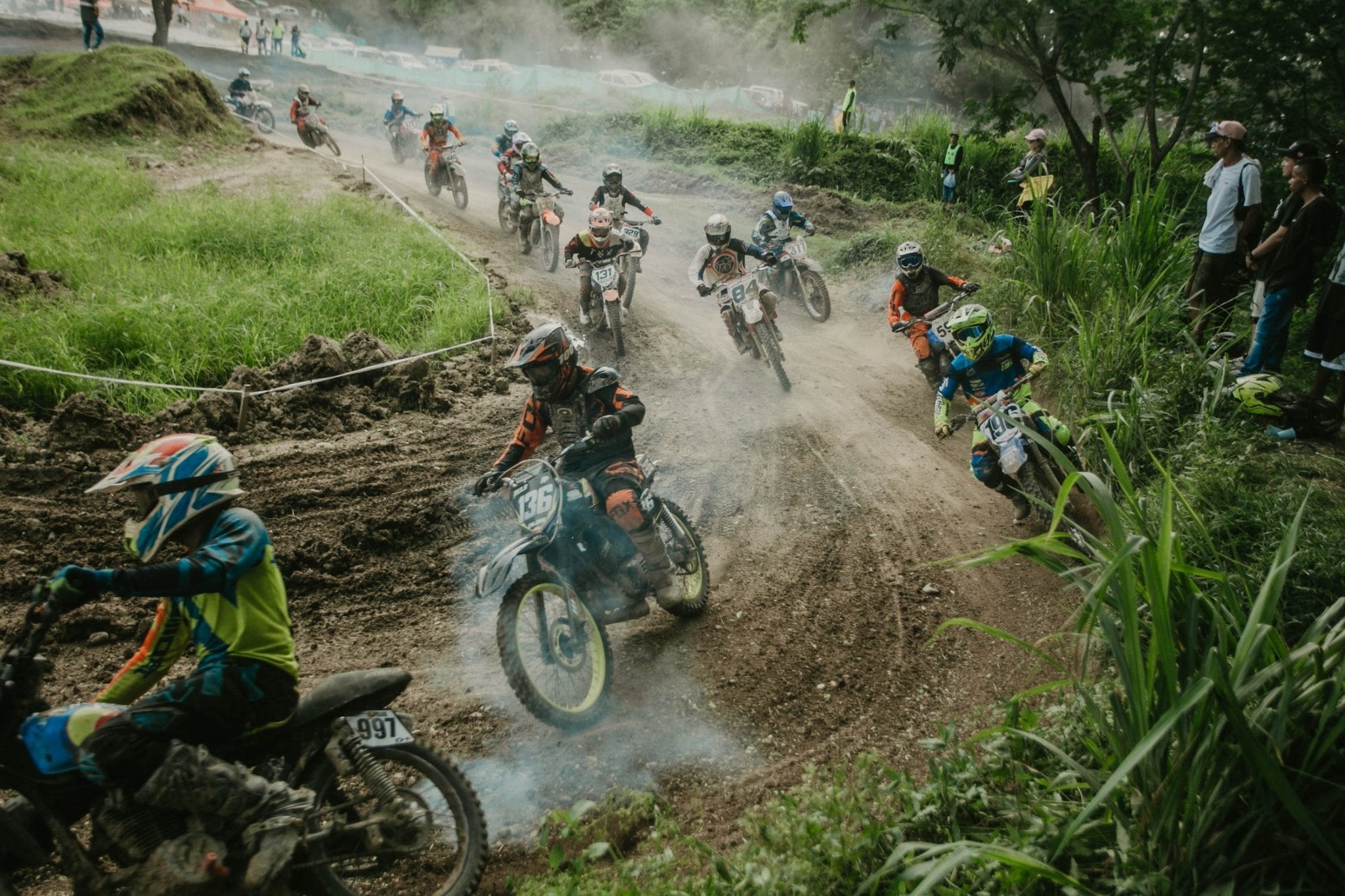Have you ever attempted to take a picture of your daughter dancing, brother wave-riding, or friend skateboarding, but the photo turned out blurry? Often digital cameras struggle when trying to capture moving objects. Do not fret! With these helpful tips and tricks, you can immortalize your loved ones' most cherished moments in photographs with ease:
How to photograph fast moving objects:
- Choose a fast lens with a large aperture, especially if you're shooting from far away in low light conditions. Look for a lens with an f-stop of 2.8 or better.
- Get close to your subject and use a flash to freeze the motion and produce sharper images.
- Increase the ISO setting to make the camera more light-sensitive and allow you to use faster shutter speeds.
- Set your camera to the Shutter Speed Priority (S or TV) mode, which allows you to adjust the shutter speed while the camera sets the aperture.
- Use a faster shutter speed (typically over 1/250 second) to completely freeze the motion and capture sharp images of fast-moving objects.
- Alternatively, use a slower shutter speed (between 1/50 and 1/100 second) to create a sense of movement and blur, which can help capture the motion of objects such as cars, bikes, or runners.
Shutter Speed
When capturing emotional moments, such as a basketball player making an impressive rebound, it is essential to use fast shutter speeds of at least 1/500th of a second or higher. However, be aware that using these rapid shutters may lead to underexposed images due to the restricted level of light entering your image sensors- thus, the faster you go with your shutter speed, the darker your photographs will likely appear.
Taking pictures outdoors can be a breeze. However, if you're indoors, you might have to work around the issue of underexposed photos. Fortunately, there are several solutions! Utilizing a flash is one easy option; alternatively, raising your ISO and adjusting the aperture could also do the job.
Increase that Aperture
The aperture is the portal through which light enters your camera and reaches its image sensor. By selecting a lower f-stop, you can enlarge this hole and allow more light in - acting as a counter to any darkness that may have been caused by employing a fast shutter speed. However, taking such steps could reduce your photograph's depth of field, meaning that not only will your subject be clear as day, but also much of the background might appear out of focus too! Opting for a higher f-stop like 2.8 should help keep everything in the scene sharp and crisp!
Break out the Flash
Combining a flash with faster shutter speeds is an efficient way to reduce the darkness in your photos. And luckily, it's pretty simple: most on-camera flashes can cover short distances (typically within several feet) and fill in dark areas efficiently. However, due to their possible distraction levels, they may be prohibited during certain events, such as sports games.
Bump up the ISO
To prevent blurry or dark photographs, you can increase your camera's shutter speed and aperture by using a high ISO. However, this usually results in photos with grainy textures due to digital noise. Thankfully there are several methods to try for sharp focus on moving subjects: adjusting the ISO speed; increasing the aperture size; utilizing flash; and panning - which provides more dramatic shots that capture motion well!
Incorporate Panning
Instead of keeping your lens steady, pan it to follow the moving subject. This allows for a much more focused shot in which the background becomes blurred as soon as it passes behind the subject. Of course, this requires some practice and skill, but if done correctly, it will provide stunning results - particularly with slow-moving subjects such as running dogs or babies taking their first steps.
Master settings and techniques like panning, and you can freeze a speeding car and turn it into a beautiful image!
Related article: What is Shutter Speed in Photography
Related article: What is ISO in Photography - When do I Use it?
Related article: 10 Sports Photography Tips for Rookies
Related article: Long Exposure Photography Tips












